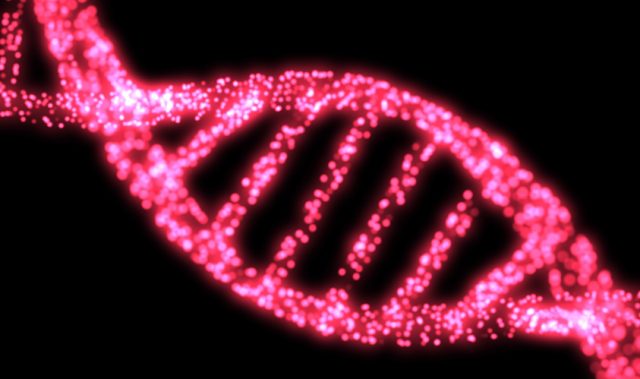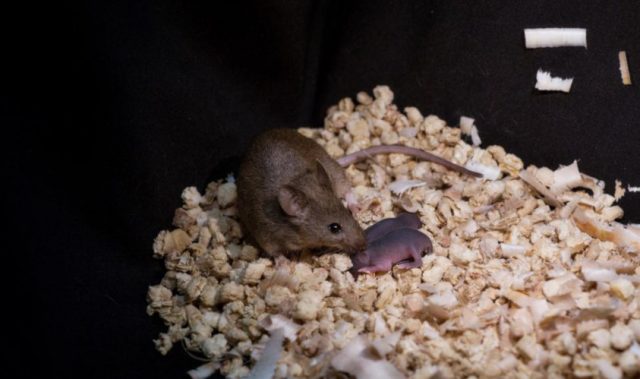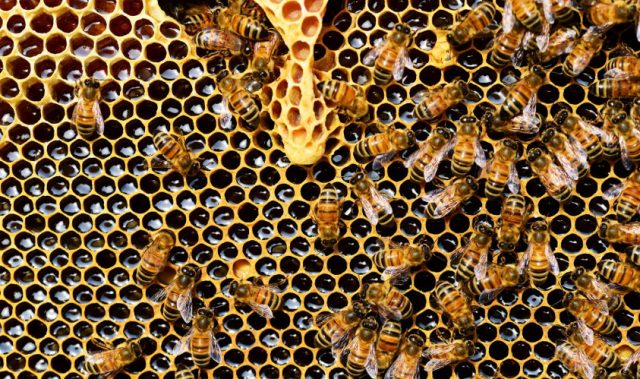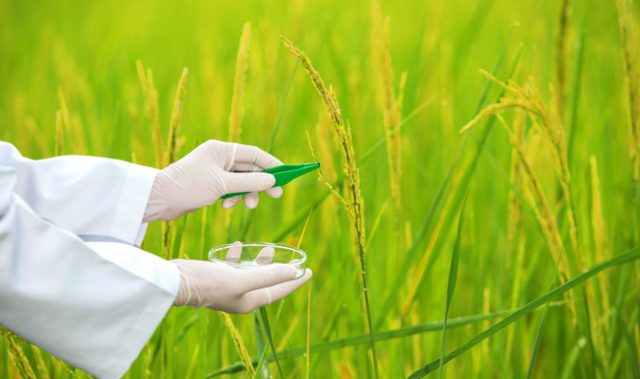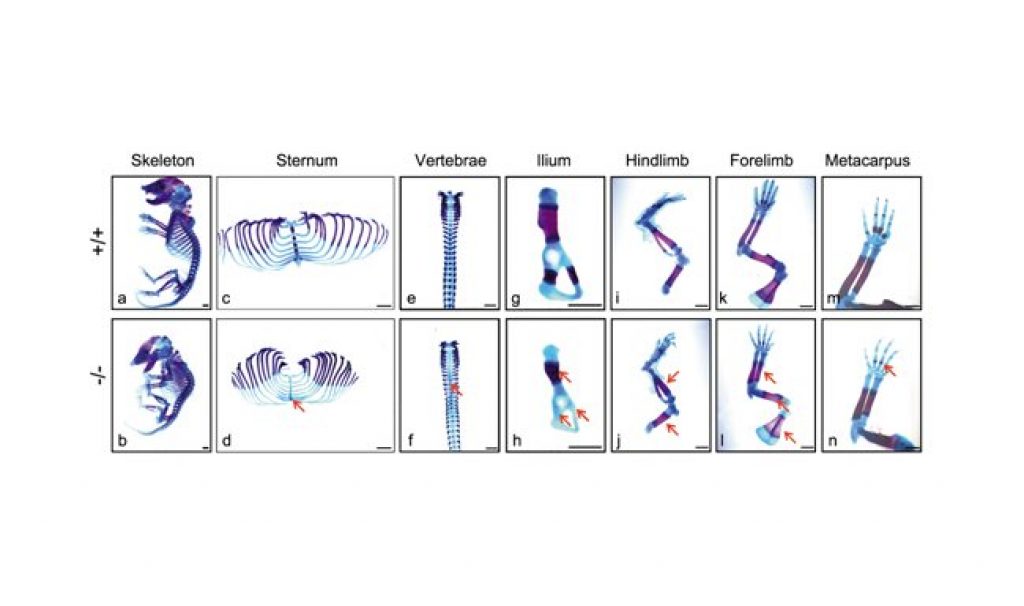
AsianScientist (Feb. 17, 2015) – Scientists have identified a a key regulator of bone formation in mice: JmjC domain-containing protein KDM6B, or JMJD3, a recently identified histone H3 lysine 27 trimethylation (H3K27me3) demethylase. Their results have been published in The Journal of Molecular Cell Biology.
Although JMJD3 is known to be an epigenetic regulator, its target genes and function in vivo are still not well understood. To shed light on the role of JMJD3, a team of scientists led by Dr. Charlie Chen Degui from the Institute of Biochemistry and Cell Biology (SIBCB), Shanghai Institutes for Biological Sciences of Chinese Academy of Sciences, conducted a study in mice.
They first generated Jmjd3-deficient mice and investigated them at different levels. Using alcian blue and alizarin red staining of skeletal preparations, they observed markedly delayed cartilage ossification in Jmjd3-deficient mice. By histology and in situ hybridization investigations, found that the delayed cartilage ossification is associated with the severely decreased proliferation and delayed hypertrophy of cartilage cells in Jmjd3 null mice.
These findings are reminiscent of the function of RUNX2 in cartilage cell maturation. Runx2 null mice display severe chondrodysplasia, a condition marked by decreased proliferation and lack or delayed hypertrophy of cartilage cells. Conversely, overexpression of Runx2 in cartilage cells induces premature hypertrophy and acceleration of cartilage ossification.
Seeking to understand the link between Jmjd3 and Runx2, the researchers generated double heterozygous Jmjd3 and Runx2 mice and demonstrated that JMJD3 genetically cooperates with RUNX2 to promote cartilage cell proliferation, hypertrophy and thus cartilage ossification. Using co-immunoprecipitation and chromatin immunoprecipitation, they showed that JMJD3 biochemically interacted with and enhanced RUNX2 protein activity to favor the expression of Runx2 and Ihh genes.
Based on their findings, the researchers proposed JMJD3 acts as a coactivator of RUNX2 to promote cartilage cell proliferation and hypertrophy.
“These findings provide important and new information for our understanding of mechanism of skeletal development via epigenetic regulation,” Chen said.
The article can be found at: Zhang et al. (2014) JMJD3 Promotes Chondrocyte Proliferation and Hypertrophy During Endochondral Bone Formation in Mice.
—–
Source: Shanghai Institutes for Biological Sciences.
Disclaimer: This article does not necessarily reflect the views of AsianScientist or its staff.




